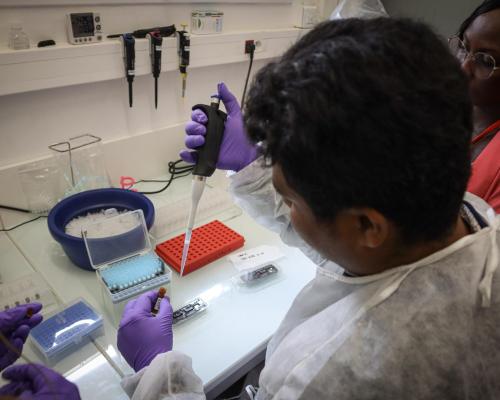
Brazzaville – The African region, declared free of indigenous wild poliovirus in August 2020, faces an urgent threat: the intense transmission of type 2 variant poliovirus (cVDPV2). This year alone, 290 poliovirus detections have been reported in 23 African countries.
As countries ramp up vaccination efforts to protect children against the virus, one of the most critical components of the response is early and accurate detection. To enhance the effort, the World Health Organization Regional Office for Africa, together with the United States Centers for Disease Control and Prevention (US CDC) and the Gates Foundation, is focusing on equipping and training laboratories across Africa with an innovative advanced sanger sequencing technology, a crucial method in investigating new regions in the poliovirus genome.
Sequencing allows laboratories to pinpoint genetic changes in poliovirus strains, providing critical data for tracking transmission pathways and understanding viral evolution. The technology offers a level of precision that helps identify mutations in real-time, making it possible to detect emerging threats swiftly. This technique has hither to been limited to VP1 region of the gene but after this training laboratories will be able to use the entire 5’ UTR and VP4/2 of the polio virus gene.
“Expanding our sequencing window to the other regions of the poliovirus, alongside the VP1 region, enhanced our ability to classify cases more accurately – bringing us one step closer to polio eradication”, says Irene Turyahabwe, participant from Uganda.
In 2024, WHO AFRO initiated targeted training on Advanced Sanger Sequencing training aimed at diversifying the diagnostic windows for polioviruses which will eventually reduce turn-around-time of poliovirus detection. These trainings are essential to equip lab personnel with the skills to operate advanced sequencing technologies and provide timely results for public health decision-makers.
“Advanced sequencing will not only open different diagnostic windows for efficient and rapid diagnosis but will also provide much needed evidence for the success of specific vaccination campaigns essential for ongoing polio eradication efforts. The data gathered through this technology informs decision-making, ensuring that the right public health interventions are deployed in time to prevent further spread of the virus” says Dr Jude Kfutwah, coordinator of the Regional Polio Laboratory Network at the WHO Regional Office for Africa.
South Africa hosted the first round of the training, where laboratory personnel received hands-on experience in Advanced Sanger Sequencing techniques. The training, under the umbrella of the Global Polio Eradication Initiative (GPEI), is part of a broader initiative to ensure that countries have the necessary capacity to detect polioviruses quickly and accurately, without delays that could hinder response efforts.
Following South Africa’s success, WHO plans to expand the training to key countries across the continent. Algeria, Central African Republic and Madagascar are among the next in line, where national laboratories will benefit from this knowledge transfer. This regional expansion ensures that multiple countries are better prepared to contribute to Africa’s polio eradication journey.
In addition, WHO is supporting 16 polio laboratories in the African region who are providing environmental surveillance support, testing for poliovirus in stool and wastewater samples to track geographic patterns of spread.
With laboratories across Africa enhancing their capacity to process samples quickly, there is an added layer of regional cooperation that strengthens the entire surveillance network. This collaborative spirit is vital in eradicating polio once and for all.


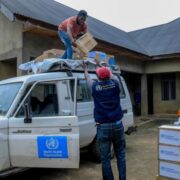

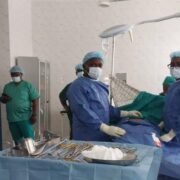

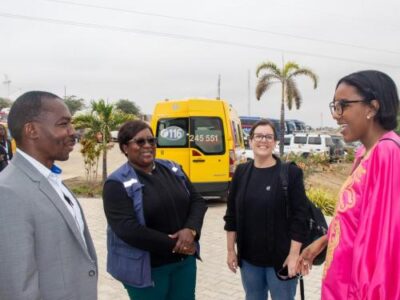
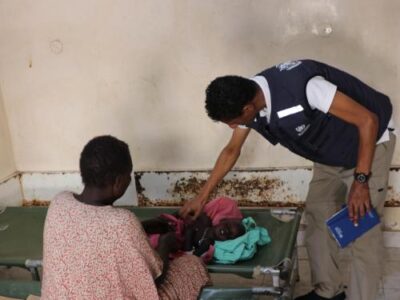



Comments